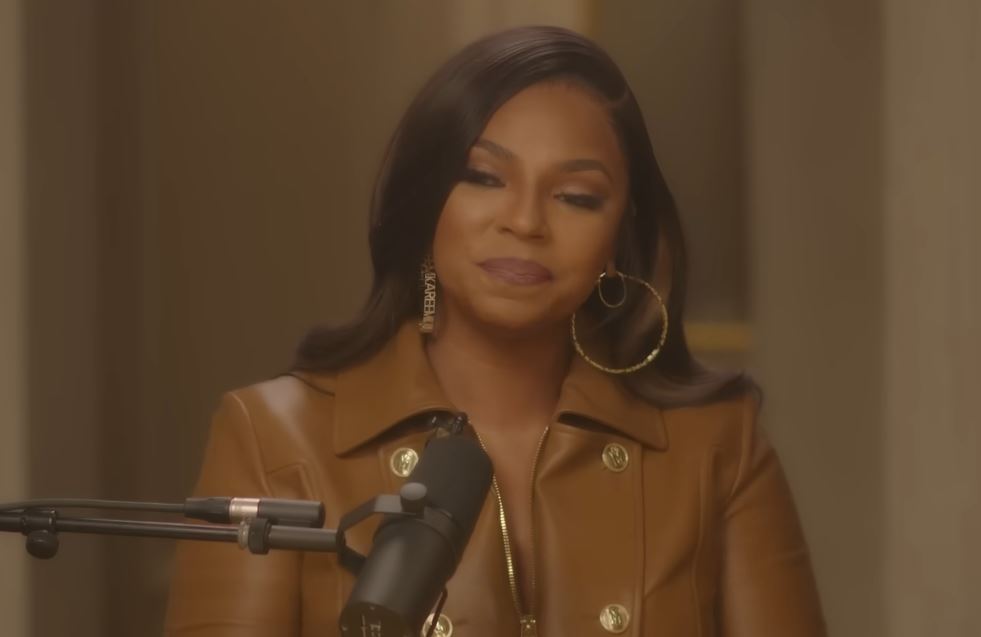
Given her cultural influence, Ashanti’s estimated $5 million in 2025 may seem like a surprisingly modest amount, but it represents a career characterized by calculated turns rather than careless growth. Her transformation from early 2000s chart-topping sensation to multifaceted creative entrepreneur is especially helpful in comprehending how celebrity capital changes over time as a result of reinvention and reinvestment.
Ashanti had already made music history by the time she was 21. She won a Grammy Award for her debut album, which sold over six million copies worldwide. Her most well-known single, “Foolish,” topped the Billboard Hot 100 for ten weeks in a row. This would be a short-lived peak for many artists. However, Ashanti was able to turn that momentum into a brand with many facets. She meticulously carved out her place in the industry rather than simply singing her way to fame.
Ashanti Net Worth 2025 – Bio and Career Overview
| Name | Ashanti Shequoiya Douglas |
|---|---|
| Date of Birth | October 13, 1980 |
| Age in 2025 | 44 |
| Nationality | American |
| Profession | Singer, Actress, Producer |
| Net Worth (2025) | $5 million |
| Annual Income | $2.9M–$3.7M |
| Awards | Grammy, Billboard, Soul Train |
| Major Albums | Ashanti, Chapter II, Braveheart |
| Popular Films | Coach Carter, John Tucker Must Die |
| Spouse | Nelly (married in 2023) |
| Website | ashantithisisme.com |
Ashanti swiftly established herself as a mainstay of R&B, filling stadiums and playlists with her collaborations with Fat Joe on “What’s Luv?” and Ja Rule on “Always on Time.” In addition to being successful artistically, those partnerships were also very important financially. She was able to keep a sizable portion of the publishing rights under the terms of her contract with Murder Inc., which has been a very successful strategy for long-term revenue.
Ashanti has been especially creative in extending her career outside of music over the last 20 years. Her foray into acting opened up new revenue streams and increased her visibility. Her supporting parts in “John Tucker Must Die” and “Coach Carter” helped establish her as a multi-genre star. In a field where staying relevant frequently requires ongoing reinvention, she was able to maintain her relevance.
Ashanti continued after the movie. With the release of Foolish/Unfoolish in 2005, she became a published poet, giving her creative resume more literary legitimacy. The book enhanced her audience appeal and demonstrated her versatility, even though it wasn’t a commercial success. She is especially resilient across entertainment platforms because of that depth.
Ashanti has shifted her attention to production in recent years, working behind the camera to influence narratives rather than just appearing in them. Her work as executive producer on the film No Address, which examines homelessness and resiliency, shows a shift toward producing meaningful content. She has developed a business path that permits both creative expression and residual income by utilizing her resources and experience.
She reportedly makes between $2.9 and $3.7 million a year from this meticulously layered career. Acting fees, licensing agreements, music royalties, and production income have all contributed to Ashanti’s increasingly effective business strategy. It is not a chart of booming and busting paychecks, but rather a simplified and diversified portfolio.
Through brand partnerships and virtual performances, Ashanti maintained visibility during the pandemic, when many entertainers experienced disruptions in their revenue. She reminded fans that she was still able to sing by putting out singles like “2:35 (I Want You)” and working with Diddy on the 2022 remix of “Gotta Move On”. The effect was noticeably better—she reached new audiences without overexposure—even though the rollout was less dramatic than her 2002 debut.
Following years of intermittent rumors, her 2023 marriage to Nelly garnered fresh media attention. With an estimated net worth of $70 million, Nelly’s wealth surpasses Ashanti’s, but Ashanti is still financially independent. Her success story has always been one of evolution rather than dependence.
Ashanti has demonstrated remarkable adaptability through strategic alliances and well-timed comebacks to the public eye. She has transitioned between publishing, philanthropy, music, and television with a fluidity that almost seems natural. She has remained relevant without wearing out her audience thanks to her roles on award shows, reality shows, and nostalgic concert lineups.
Her emphasis on ownership and content production is probably going to increase over the next few years. The move to independent production represents a dramatic change for musicians like Ashanti, whose notoriety dates back to a time before streaming. She is influencing contemporary media models rather than merely adjusting to them.
Because Ashanti’s financial story reflects a larger trend among artists who rose to prominence in the early 2000s, it is especially compelling. Similar concerns regarding sustainability have been raised by many of her peers, such as Brandy and Monica. The response from Ashanti has been very clear: diversify, own, create, and give back.
